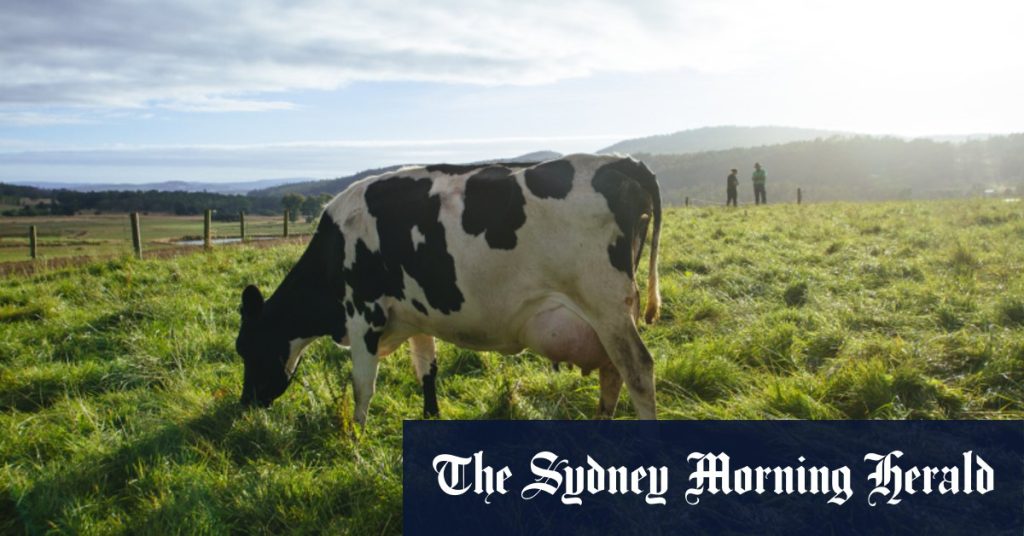The Victorian government is considering biomethane alongside hydrogen as a potential renewable gas source, particularly for industrial users, according to the Renewable Gas Consultation Paper. AGIG’s chief executive, Craig de Laine, believes there is substantial potential for biomethane, with government policy playing a critical role in unlocking this potential. Biomethane is seen as a solution to Australia’s looming gas supply shortfalls and could be produced efficiently from agricultural waste with the right support and infrastructure in place.
Energy Minister Lily D’Ambrosio is focused on scaling up biomethane and renewable hydrogen in Victoria to establish new industries and create jobs. She sees renewable gas as crucial in helping the state meet emissions reduction targets and is supporting its development through the Energy Innovation Fund. Dr. Kat Lucas-Healey of Environment Victoria acknowledges biomethane’s industrial uses but believes that focusing on electrification rather than alternative gases may be a more efficient approach. Challenges in scaling up biomethane include attracting investment and dealing with waste disposal issues.
Scott Grierson, CEO of bioenergy company Valorify, is seeking government support for two biomethane projects in late-stage development in Victoria. These projects have the potential to produce a significant amount of gas with methanation. Grierson highlights a policy roadblock where industrial businesses can claim greenhouse gas reductions through renewable electricity agreements but not through biomethane projects. He believes that biomethane has the potential to be a major industry in Australia, as seen in other countries around the world.
Despite the potential for biomethane as a renewable gas source, there are challenges to its widespread adoption in Australia. The Australian Energy Market Operator has warned of yearly gas supply deficits on the east coast unless new gas fields are developed in the south. The debate around the role of gas in Australia’s energy mix continues, with the Albanese government’s Future Gas Strategy recognizing gas as a key player beyond 2050. Biomethane is gaining traction in the European Union, indicating its potential for growth on a larger scale.
Overall, the development of biomethane as a renewable gas source in Victoria and across Australia shows promise but requires government support, investment, and infrastructure to overcome challenges and reach its full potential. By focusing on scaling up biomethane production from agricultural waste and addressing policy barriers, biomethane has the potential to play a significant role in Australia’s transition to renewable energy sources and reducing emissions. The ongoing debate surrounding the use of gas in Australia underscores the importance of exploring alternative and sustainable energy sources like biomethane.


